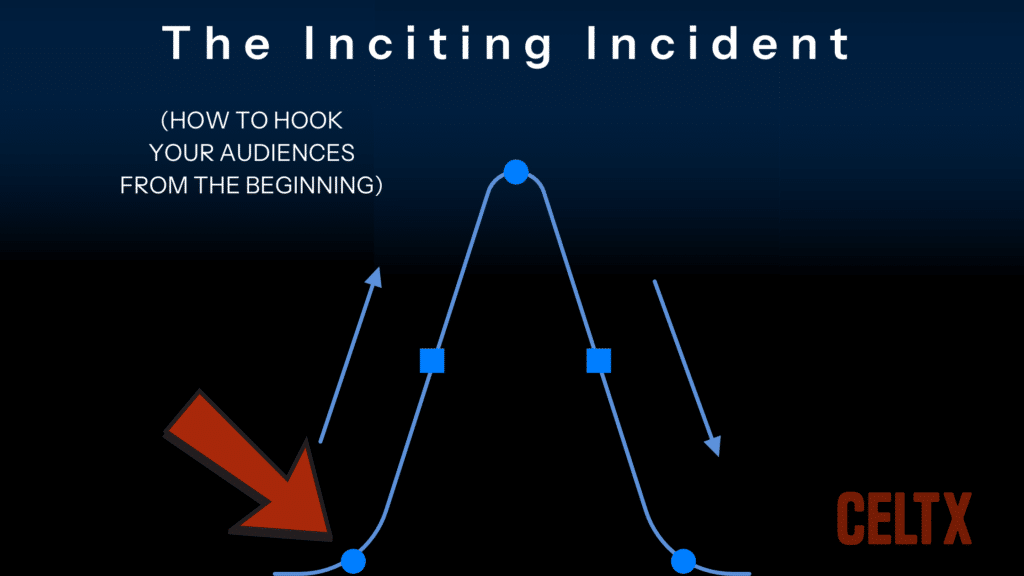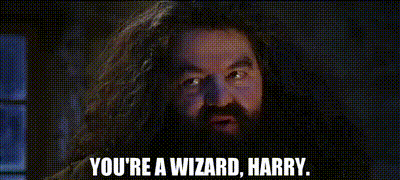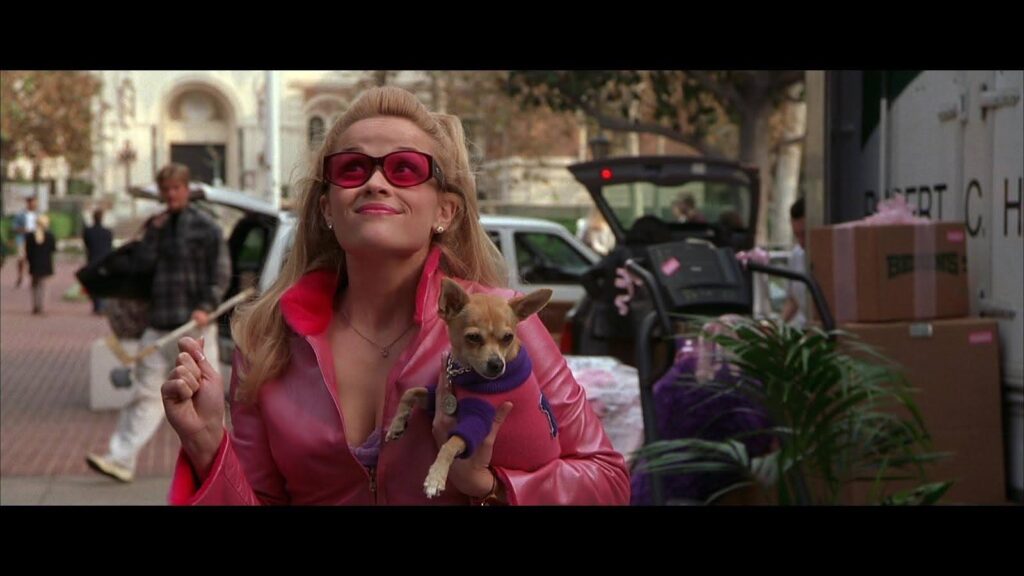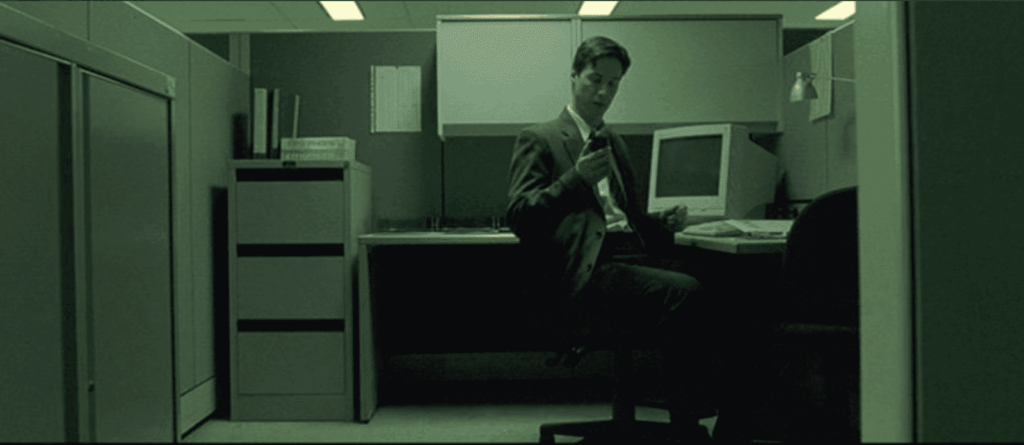
Every great story must start somewhere, pushing the protagonist into action.
It could be anything from a mysterious letter arriving on the doorstep or a chance encounter that changes everything, to a bombshell moment that no one saw coming. In short, we need something to draw us into the story in the first place. Where an ordinary day becomes an extraordinary one.
This is what’s called the inciting incident. Every story has one, and so should yours if you want to hook your audience from the very start.
Okay, that’s great and all that, but why do you need an inciting incident? Why does it matter? And if it does matter, how do you craft one that grabs the audience’s attention and hangs on for dear life?
Well, in today’s blog, we’ll be shining the light on everything you need to know about inciting incidents, where it fits into your story, and how to create your own in just five steps.
Ready? Let’s get into it!
In this Article:
- What Is an Inciting Incident?
- Why the Inciting Incident Matters
- Famous Examples of Inciting Incidents
- How to Craft a Strong Inciting Incident
- Common Mistakes Writers Make with Inciting Incidents
- Conclusion
- FAQ
What Is an Inciting Incident?
The inciting incident is the event that kickstarts a story – the ‘why now’ moment.
Most of the time, the protagonist is just minding their own business, until their status quo is blown out of the water. It’s this interruption that forces them to make a choice, face a problem, or start a journey.
You’ll find that inciting incidents occur early in the story (mostly within the first 10-15%). In screenplays, this will likely be in the first 10 pages of Act One.
Quick Examples of Inciting Incidents
- In Harry Potter and the Philosopher’s Stone (I’m from the UK, and it will NEVER be the Sorcerer’s Stone!) the inciting incident occurs when Hagrid shows up and tells Harry he’s a wizard. (Harry’s status quo is changed dramatically).

2. In The Hunger Games it’s when Prim is selected in the Reaping and Katniss volunteers to take her place. (Katniss makes a life changing decision).

3. In Finding Nemo, it’s when Nemo is captured by the diver. (Both Nemo and Marlin face a problem).

A strong inciting incident sets the stage for everything that follows. Map out your story’s turning points with Celtx’s all-in-one screenwriting and planning tools
Why the Inciting Incident Matters
While the inciting moment is the catalyst moment in the story (an important part of Blake Snyder’s Save the Cat beat sheet), it does more than this. It’s also the springboard on which the rest of the story springs from.
So, how does the inciting incident affect the rest of your story?
It hooks the audience
All you have before the inciting incident is setup, introducing your audience to the world and the characters. Once the inciting incident has occurred, the stakes are real.
Its these heightened stakes that keep the audience engaged throughout!
It defines the protagonist’s goal
Usually, the inciting incident introduces a problem that the protagonist must overcome. They have no choice but to follow the path that’s placed in front of them (not without major consequences).
It raises the central question
The central question of your story defines the plot. For example, will Elle Woods get into Harvard Law? Will Simba return to take his rightful place at Pride Rock? Will Frodo destroy the ring?

Once the audience knows what the story is about, they’ll want to stick around and find out how it ends!
Famous Examples of Inciting Incidents
There have been some iconic inciting incidents in film history. Let’s look at some of these and the impact they have on the characters and the rest of their stories.
Case Study #1 | Star Wars: A New Hope (1977)
In this sci-fi classic, the inciting incident occurs when Luke Skywalker discovers Princess Leia’s message in R2-D2.
The impact of this moment is that Luke is pulled into the Rebellion and the fight against the Empire, leading him eventually to learning of Darth Vader’s identity and defeating him. If Luke hadn’t come across Leia’s message, would he have joined the Rebellion? Probably not!
Case Study #2 | The Godfather (1971)
When Don Corleone refuses Sollozzo’s request for funds in the drug trade, he’s nearly assassinated. This moment prompts the protagonist Michael to get involved in the family business despite his reluctance to do so. What follows is a whole lot of chaos, betrayal and death – but it makes for an awesome story.
Case Study #3 | Titanic (1997)
The plot takes off when Rose and Jack meet each other for the first time. Rose’s world is turned completely upside down as her blossoming relationship with Jack causes her to question everything about her life and status, much to the horror of her fiancée and the antagonist of the piece, Caledon Hockley.
Case Study #4 | Toy Story (1995)
When Buzz Lightyear arrives and interrupts the status quo and threatens Woody’s position as Andy’s favorite toy, it’s all systems go as Woody’s jealousy gets the better of him. From there the rivalry between Woody and Buzz hits a peak, leading to them both having to work together to return home before Andy moves house.
Case Study #5 | The Wizard of Oz (1939)
When the cruel Miss Gulch threatens to take Toto away, Dorothy is forced into a decision – to run or hide. She decides to flee, taking Toto with her. It’s this decision that brings her into the path of a twister and kickstarts her journey to Oz.
Don’t leave your audience waiting. Develop clear story beats with Celtx.
How to Craft a Strong Inciting Incident
So, we’ve explored what makes a great inciting incident, but it’s now time to craft one for ourselves. Let’s take 1999’s The Matrix, another classic example.
Step 1 | Set the Stage
First, we need to establish the protagonist’s ‘status quo’ or ‘normal world’ before the incident takes place and we’re thrust into the story.
In The Matrix, we meet Thomas Anderson (Neo) who’s living a double life. By day, he’s an office drone, and by night he’s a hacker searching for answers about ‘the Matrix’.
We’re introduced to his grey world and routine and his growing sense of discontent. He can sense something’s wrong but can’t quite put his finger on what.

Step 2 | Introduce the Catalyst
The character’s life as they know it is disrupted. This could be through a message, an accident, encounter, or discovery that changes everything forever.
The catalyst in The Matrix is made up of a few elements. First, Neo receives a cryptic message on his computer: “Follow the white rabbit.” Then a group of strangers invite him out, and the trail takes Neo to Trinity, and eventually Morpheus.
As you can see, the catalyst is more of a sequence of events, none damning individually, but together they lead to the moment where things completely change.

Step 3 | Build the Stakes
Why is the catalyst happening now in the protagonist’s life? What is at risk if they don’t succeed in their journey? Why does it even matter?
These are questions you’ll need to pose in your inciting incident to give the audience something to focus on for the rest of the plot.
When Neo is offered a meeting with Morpheus in The Matrix, he discovers he is the person he’s been searching for. He discovers that agents are after him, having been watching him closely since he started hacking. Neo is forced out if his comfort zone and Trinity gives him a choice – take the red pill and discover the truth or take the blue pill and stay asleep.
In this moment, you need to make it clear that the protagonist’s decision has consequences, building tension up to this crucial plot point.

Step 4 | The Protagonist Must Make a Choice
Now comes the all-important moment. What will your protagonist decide? Will they stay the same, or step into the unknown?
To be honest, there’s not much of a story to tell if they stay the same, so they usually choose the latter, just like Neo. If your character decides to stay the same, they should suffer for it.
In The Matrix, (you guessed it!) Neo picks the red pill. He’s unplugged from The Matrix and immediately forced into a harsh, dystopian reality. His journey has truly begun.

Step 5 | Make it Personal
The inciting incident shouldn’t just ‘happen’ to the protagonist, but should be related to their innermost need, flaw, or desire. From character comes story, so we need to be able to root for the protagonist in their journey.
In The Matrix, Neo isn’t just caught in the plot. He wants to learn the truth, having become disillusioned with his life and the world around him. Meeting Trinity and Morpheus and then being presented with the choice of the red or blue pills tapped into his wants and needs, kickstarting his journey.

Great inciting incidents don’t happen by accident, they happen with careful planning.
Celtx helps you craft strong inciting incidents — and the scenes that follow.
Start your next story with Celtx script writing software: where great stories take shape.
Get started for free today!
Common Mistakes Writers Make with Inciting Incidents
Now, we’re not going to pretend that writing a killer inciting incident is easy. Even seasoned writers can run into difficulties when it comes to this crucial plot point.
However, there are some key mistakes you can avoid:
1. Don’t Be Late
While this is a good mantra to have for life in general, it also applies to the inciting incident of your story. If it doesn’t happen until page 60, you risk losing your audience, and fast!
Get to the point quickly and raise the stakes clearly to draw your audience in and keep them there.
2. A weak, vague inciting incident
A flat moment won’t hook anyone, so make sure your inciting incident has real consequences and forces a meaningful response from your protagonist.
3. A disconnected incident
While your inciting incident is a key moment in your plot, it must also flow with the rest of the story. It should directly connect with the story’s central conflict that the audience can link easily.
4. Has no emotional impact
Your inciting incident should incite emotion in your protagonist, and by extension, your audience. Even if an external even occurs, such as a plane crash, it’ll be the character’s emotional response to this catastrophic event, which will draw the audience into the action.
5. A passive protagonist
If your protagonist doesn’t respond to the inciting event, then the audience won’t buy into their journey. Even if a character reluctantly goes on their journey, the inciting incident should still push them into it.
Conclusion
The inciting incident is your story’s ignition switch. Nail it, and you light a fire that carries your narrative all the way to the climax. Miss the mark, and your story might never get off the ground.
Whether you’re writing a novel, screenplay, short film, or video game narrative, the inciting incident deserves serious attention. Because that’s the moment that changes everything and where the real magic begins.
FAQ Section
Before we go, let’s answer a few burning questions about inciting incidents:
Where does the inciting incident go in a story?
The inciting incident will occur typically within the first 10 to 15% of your story. For example, in a 120-page screenplay, that’s around page 12-15. In novels, it’s usually within the first few chapters.
What are the three types of inciting incidents?
The three main types of inciting incidents are:
- Casual (driven by a conscious decision or action)
- Coincidental (unexpected occurrences that change a character’s path)
- Ambiguous (an unclear inciting incident that can be left open to interpretation)
Is inciting incident the same as conflict?
Think of the inciting incident as the event that triggers the main conflict, rather than it being conflict itself.
How do you identify an inciting incident?
To identify an inciting incident, you’ll want to look for an external event in a story that is potentially life-changing for the character and needs a quick decision on how to act.
Up next – articles that will help you develop amazing stories:
- The Climax: How to Write the Moment that Changes Everything
- How to Write a Good Story Using the Five-Act Structure
- What is a Story Beat: Definition, Examples, and How to Use Them
